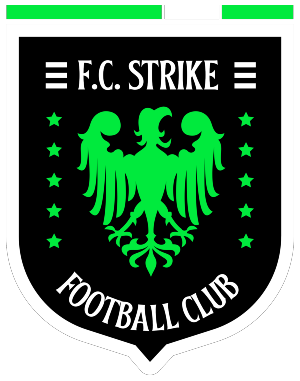Hello Soccer Parents,
As your kids take to the pitch, their safety and the fairness of the game are paramount. Soccer, like any sport, has rules designed to protect players from harm, promote sportsmanship, and ensure a pleasant experience for all. One concept you may hear often is “dangerous play.” Let’s dive into what that means in the world of youth soccer.
What is Dangerous Play in Soccer?
In the simplest terms, dangerous play in soccer refers to any action that could potentially cause injury to the player themselves, other players, or even the referee. This rule is important as it protects players from unnecessary risk, keeping the game safe and fun.
Dangerous play can take many forms and is often left to the referee’s discretion. It can include high kicks near an opponent’s head, attempting to head a ball that is at someone’s foot level, or sliding in cleats-up to tackle an opponent.
How is Dangerous Play Handled?
When a referee identifies a dangerous play, they typically award an indirect free kick to the opposing team from the spot of the infringement. It’s called ‘indirect’ because another player must touch the ball before a goal can be scored.
It’s important to note that a player doesn’t necessarily have to make contact with an opponent for their action to be considered dangerous play. The potential for injury is enough.
Teaching Your Young Athletes About Dangerous Play
As parents and guardians, you play a crucial role in shaping your child’s understanding and respect for the rules of the game. Here are some pointers on how you can guide your young athletes on avoiding dangerous play:
- Promote Good Sportsmanship: Encourage your child to respect their opponents and play fairly. Explain that soccer is not just about winning; it’s about learning, improving, and enjoying the game.
- Explain the Rules: Talk about what actions can be seen as dangerous play and why they’re considered so. Reinforce the idea that these rules are there for everyone’s safety.
- Encourage Safe Play: Teach them to be mindful of their body and their actions on the field. For instance, advise them to keep their kicks low when opponents are close and to avoid sliding tackles unless they have been trained to do them safely.
- Reinforce Learning from Mistakes: If your child is penalized for dangerous play during a match, use it as a learning opportunity. Discuss what happened, why it was considered dangerous, and how they can avoid similar situations in the future.
Wrapping Up…
Understanding the rule of ‘dangerous play’ not only helps in watching the game but is essential for ensuring your child plays the game safely and fairly. Remember, as a soccer parent, your guidance is vital in instilling a love for the sport while teaching respect for its rules and fellow players.
Keep supporting your budding soccer stars, stay involved, and enjoy each game as a new learning experience. See you on the sidelines!
Coach Mick

